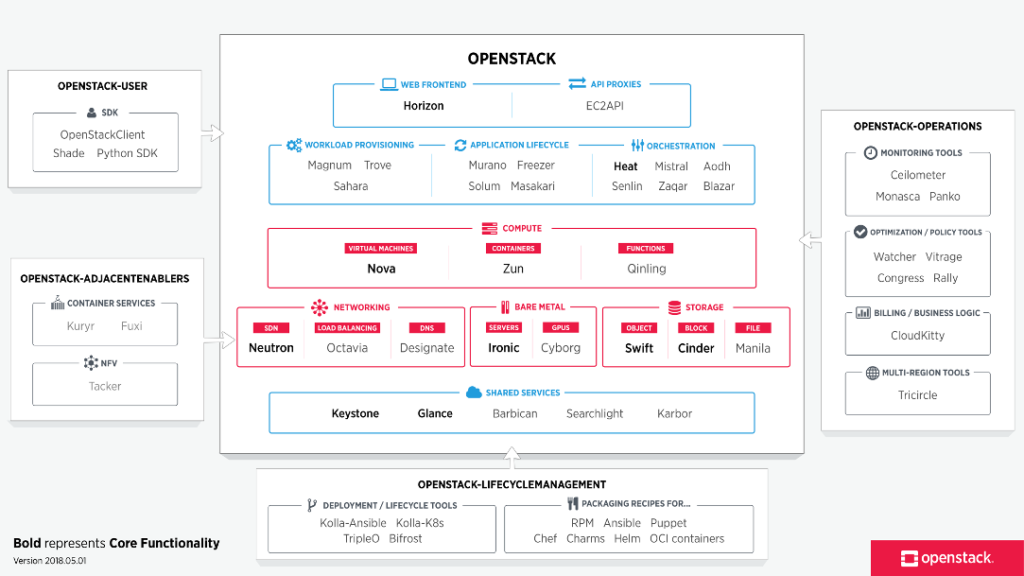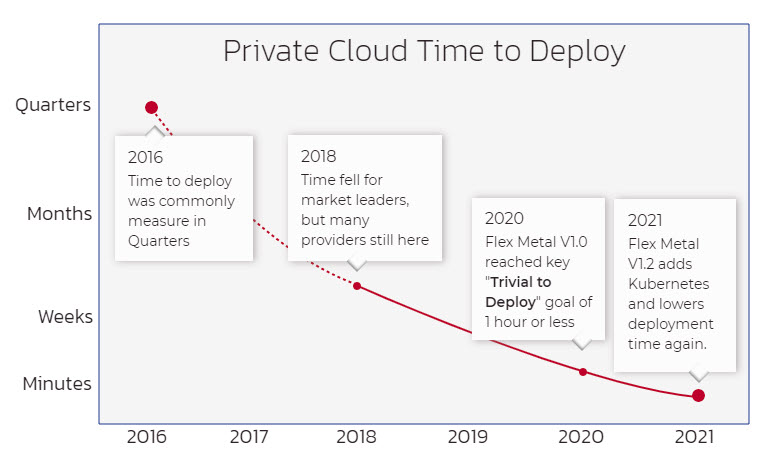If you are not familiar with open source, there are many resources to learn about its legal constructs and foundations that promote or manage open source software. But for OpenMetal, our perspective comes from our 25+ years using and promoting open source.
We believe that open source is a fundamental good in the IT world as it creates collaboration across the globe, opens doors for people who want to change their future, and encourages successes to be built on other successes for a collective good.

Our team here have all benefited from open source and thus feel it is imperative to contribute back what we can for others in the future. We have decided to focus on an area we feel is critical and we are uniquely able to add significant value. Our focus is making it easier to access OpenStack and Ceph in a true production configuration.
Interested? Head to our free trial page to test it out, free of charge.
The Problem with Highly Complex Open Source Systems
The heart of open source is that an individual contributor can make a meaningful difference with a logical amount of work that is not painful to accomplish. When an open source system reaches a certain level of complexity, it becomes increasingly difficult for an individual to learn, acquire all the necessary components to make the system, then work on the item they mean to improve.

This leaves the most powerful systems, the ones that can bring incredible value, in the hands of large organizations or a handful of small organizations specific to the software at hand.
Think systems like OpenStack, Apache Spark, Cassandra, and Kubernetes, to name just a few that have reached significant startup difficulty.
Our Mission: Make highly complex open source systems available on-demand to increase accessibility for everyone.
With the mission established, the first major challenge our engineering team addressed was to take OpenStack, a highly complex open source cloud system, join it up with Ceph (another complex open source storage system), hyper-converge it, and then deliver it as-a-service.
We reached our goal of deploying that highly complex system “on-demand” in late 2020. In 2021, we then began to split our efforts to both improve deployment times, add functionality to the cloud, and to add other hardware as requested by clients.

Cloud capability releases added Kubernetes and direct NVMe access through LVM. Hardware releases added A100 GPUs and options for 20PB+ storage clusters. Finally, a series of deployment system releases in late 2021 and January 2022 reduced the time between a customer requesting a 3 server private cloud and delivery to under 1 minute. Don’t believe it? Sign up and try it for yourself!
You may also be interested to know more about the team members who power OpenMetal.
Next Challenges in 2024 and Beyond

Our next challenge on the deployment system side is to enable small Ceph object storage clusters, think 648TB RAW, to be delivered in under 1 minute.
For our cloud capability release, we are adding VPN-as-a-Service and Database-as-a-Service, including MariaDB, PostGres, and MongoDB.
For hardware, we are adding an XL hyper-converged starter cluster and XL converged nodes with 1TB of RAM, dual Intel 6233 Gold CPUs, and 4X3.2TB Intel P4610 NVMes.
If you would like to know more about our roadmap or need specific capabilities, please contact sales.


































